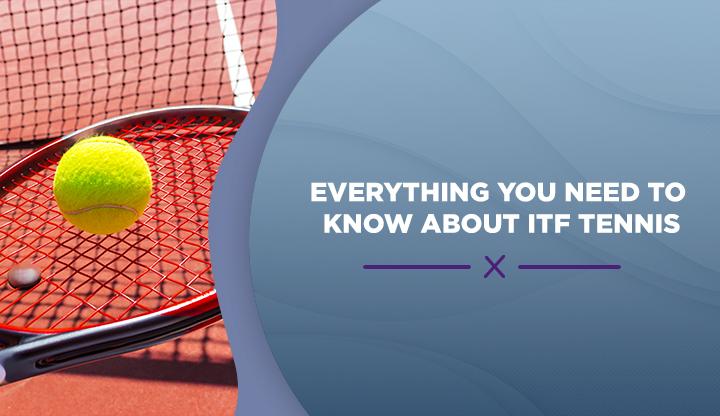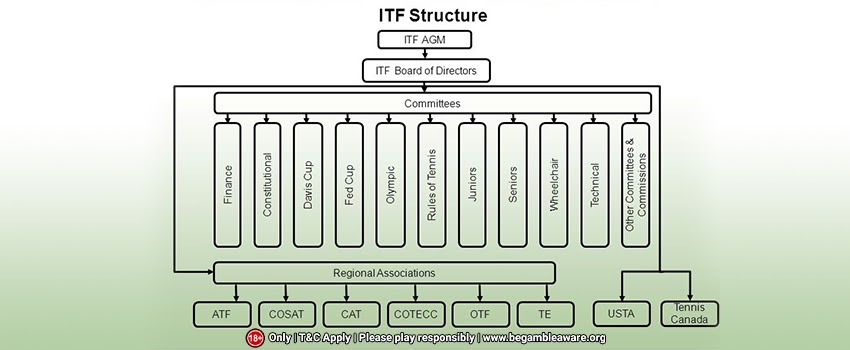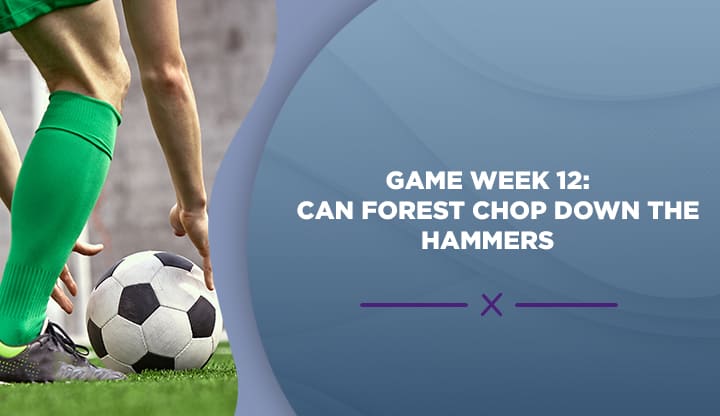Everything You Need To Know About ITF Tennis

The International Tennis Federation or else abbreviated as the ITF is the sport's international regulatory organisation. This organisation is in charge of monitoring the game's management and regulation, as well as the organising of major tournaments, as well as the game's layout, growth, and advertisement. Via its 200 associated National Associates, the ITF, together with its 6 Regional Affiliates, administers the sport of tennis. The ITF now has over 400 events in 121 nations along with the 4 key junior Grand Slams, the Wimbledon, French Open, Australian Open, and United States Open.
The International Tennis Federation's History
A conference of 12 national tennis organisations was held in Paris, France on March 1, 1913, during which it was decided to form a regulatory body for tennis, which was dubbed the ILTF or International Lawn Tennis Federation. The ILTF managed tennis over the following decade, and in 1924 it was recognised as the official body with complete power to take control of lawn tennis. The ITF headquarters has remained in London since the end of World War Two, and the number of national organisations belonging to the ITF now totals 206.
The term "lawn" was omitted from the name in 1977 since tennis was no longer contested just on lawns; hard and clay courts were also used as floors in the game.
Duane Williams, a Swiss resident, is credited with establishing the ITF, together with French Henri Wallet and Swiss Charles Barde. However, Williams perished in the Titanic disaster in April 1912, a year before ITLF was born. Hans Otto Behrens, a German physician, was the first ITLF chairman, a position that was rotated annually until the 1970s.
Structure of the ITF

What is the number of members in the ITF?
Since 1975, the members of the ITF have been split into continental Federations. At present, the ITF estimates 210 national federations as members. 148 people have voting privileges for the Board of Directors and the President. The amount of votes given to each Federation is determined by a variety of factors, including team competition performances, juniors or wheelchair standings, ATP/WTA, and ITF contributions. As per the 2020 list, 5 federations have a 12-vote restriction:
- United States
- Great Britain
- Germany
- Australia
- France
14 Federations have 9 votes
15 Federations have 5 votes
7 Federations have 7 votes
84 Federations have 1 vote
23 Federations have 3 votes
64 Federations without any voting rights.
Chairman of the ITF

Since 2015, David Haggerty has led the ITF. He is presently a member of the IOC. Haggerty formerly served as chairman of the USTA and thus as chairperson of the US Open. On the initial vote, he received more than the needed 50% of the vote. He was elected in 2015 by a far narrower margin, as opposed to Anil Khanna from India.
The role of ITF
The ITF is a non-profit organisation whose primary purpose is to promote tennis across the world. It spends a fortune to assist the world's 87 million athletes, improve infrastructure, enhance performances and help create trainers or empires.
Team international events are organised by the ITF: the Fed Cup for women and the Davis Cup for men. It also aids the IOC in the organisation of Olympic games. It is in charge of the four Grand Slam competitions, which are organised by national organisations.
The ITF is in charge of the following five aspects of the sport:
-
International competition organisation
The ITF oversees the world's largest yearly global team championships in tennis as well as wheelchair tennis. The ITF is active at all stages of the sport, such as the Olympic Games, where tennis was reinstated as a full medal event in 1988.
Furthermore, via its participation on the Grand Slam Board, the ITF collaborates with the 4 Grand Slams and provides administrative, regulatory, and media assistance to each tournament. The 4 Grand Slams are all ITF-recognized tournaments, as are the Italian Open, Japan Open Championships and Spanish International Tournaments.
-
Regulation and administration
The International Tennis Federation (ITF) oversees and administers tennis via member National Associations as well as 6 Regional Associations. The ITF is in charge of the Tennis Rules, which include technical standards for courts and gear, as well as the administration and enforcement of an unified anti-doping program.
-
Trying to develop the game
The games are developed by the ITF as part of its global development programme. The ITF spent over $11 million in 2019 on programmes to promote tennis across the world.
-
The game's promotion
Tennis is promoted by the ITF via TV, public relations, marketing, event planning, and sponsorships. DavisCup.com, ITF tennis.com, and BillieJeanKingCup.com are among the ITF's official websites that connect to players and spectators all over the world.
-
Organising the game
The International Tennis Federation organises the game by authorising the following world circuits:
- Seniors Tennis Tour
- Beach Tennis Tour
- World Tennis Tours Juniors
- Women’s World Tennis Tour
- Men’s World Tennis Tour
- UNIQLO Wheelchair Tennis Tour
Betting on ITF tournaments
Tennis betting is one of the most sought after options among bettors. ITF level tournaments are one of them. However it might be a bit difficult to find many online sports betting sites providing ITF betting options. There are several ITF-level events, and it's difficult to provide fair odds when players have relatively little information available.
To fully grasp the dynamics of ITF tennis games and to place winning ITF bets, it's necessary to keep in mind that the majority of those players are relatively inexperienced at the international level. They are also financially strapped - in fact, for the majority of players ranked below #200, the expenditures associated with "being on tour" would be equivalent to or greater than their infrequent portion of the winnings.
Table of Content
-
The International Tennis Federation's History
-
Structure of the ITF
-
What is the number of members in the ITF?
-
Chairman of the ITF
-
The role of ITF
-
International competition organisation
-
Regulation and administration
-
Trying to develop the game
-
The game's promotion
-
Organising the game
-
Betting on ITF tournaments
RECENT

Champions League
Constitution Hill’s Champion Hurdle Prep Disrupted after Unsatisfactory Scope
Jan 23rd, 2024 By Ben Joseph
Premier League
Iroko’s Miracle Comeback – Cheltenham winner back in training after injury surprise
Jan 23rd, 2024 By Ben Joseph
Premier League
The Transfer Window So Far: Has Financial Fair Play Slowed Premier League Spending?
Jan 23rd, 2024 By John McMullen
Football, Premier League
Game Week 13: High-Flying Bees Host Red Hot Gunners
Nov 20th, 2023 By John McMullen
Football, Premier League
Game Week 13: Battle For Bragging Rights at St. James’ Park
Nov 20th, 2023 By Ben Joseph
Football, Premier League
Game Week 13: Title Showdown at Stamford Bridge
Nov 20th, 2023 By John McMullen
Football, Premier League
Game Week 12: Buoyant Villa Host Surging Fulham in West London Derby
Nov 10th, 2023 By Ben Joseph
Football, Premier League
Game Week 12: Can Forest Chop Down the Hammers?
Nov 10th, 2023 By John McMullen
Football, Premier League
Game Week 12: Rampant Reds Host High-Flying Bees
Nov 10th, 2023 By Ben Joseph
Football, Premier League
Game Week 12: Can Plucky Blades Clip High-Flying Seagulls’ Wings?
Nov 10th, 2023 By Ben Joseph
Football, Premier League
Game Week 12: Table Toppers Tussle as City Host Chelsea
Nov 10th, 2023 By Ben Joseph





